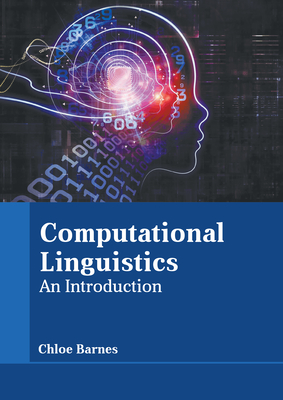数据驱动的跨语言语法:大规模多语言模型的一致性研究
IF 5.3
2区 计算机科学
Q2 COMPUTER SCIENCE, ARTIFICIAL INTELLIGENCE
引用次数: 5
摘要
大规模多语言模型(如mBERT和XLM-R)在自然语言处理研究和应用中越来越受重视,因为它们能够解决不同语言可用资源分布不均的问题。这些模型依靠一组共享参数处理多种语言的能力提出了一个问题,即它们在预训练期间提取的语法知识是否可以被视为数据驱动的跨语言语法。本研究研究了mBERT和XLM-R的内部工作原理,以测试在五种语言(英语,德语,法语,希伯来语,俄语)中响应精确语法现象(即数字一致)的单个神经单元的跨语言一致性。我们发现,在我们所考虑的语言中,编码一致性的潜在维度有很大的重叠。这种重叠更大(a)对于长可视-à-vis短距离协议,(b)与mBERT相比,当考虑XLM-R时,这种重叠更大,并且在网络的中间层达到峰值。我们进一步表明,一小组语法敏感的神经元可以捕获跨语言的协议违反;然而,他们的贡献在协议处理中并不是决定性的。本文章由计算机程序翻译,如有差异,请以英文原文为准。
Data-driven Cross-lingual Syntax: An Agreement Study with Massively Multilingual Models
Massively multilingual models such as mBERT and XLM-R are increasingly valued in Natural Language Processing research and applications, due to their ability to tackle the uneven distribution of resources available for different languages. The models’ ability to process multiple languages relying on a shared set of parameters raises the question of whether the grammatical knowledge they extracted during pre-training can be considered as a data-driven cross-lingual grammar. The present work studies the inner workings of mBERT and XLM-R in order to test the cross-lingual consistency of the individual neural units that respond to a precise syntactic phenomenon, that is, number agreement, in five languages (English, German, French, Hebrew, Russian). We found that there is a significant overlap in the latent dimensions that encode agreement across the languages we considered. This overlap is larger (a) for long- vis-à-vis short-distance agreement and (b) when considering XLM-R as compared to mBERT, and peaks in the intermediate layers of the network. We further show that a small set of syntax-sensitive neurons can capture agreement violations across languages; however, their contribution is not decisive in agreement processing.
求助全文
通过发布文献求助,成功后即可免费获取论文全文。
去求助
来源期刊

Computational Linguistics
工程技术-计算机:跨学科应用
CiteScore
15.80
自引率
0.00%
发文量
45
审稿时长
>12 weeks
期刊介绍:
Computational Linguistics, the longest-running publication dedicated solely to the computational and mathematical aspects of language and the design of natural language processing systems, provides university and industry linguists, computational linguists, AI and machine learning researchers, cognitive scientists, speech specialists, and philosophers with the latest insights into the computational aspects of language research.
 求助内容:
求助内容: 应助结果提醒方式:
应助结果提醒方式:


